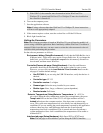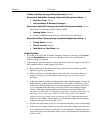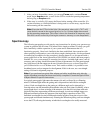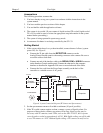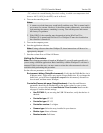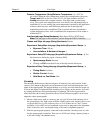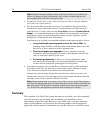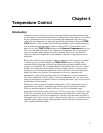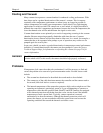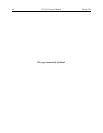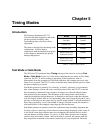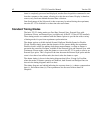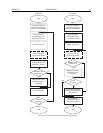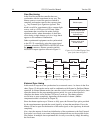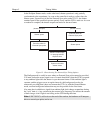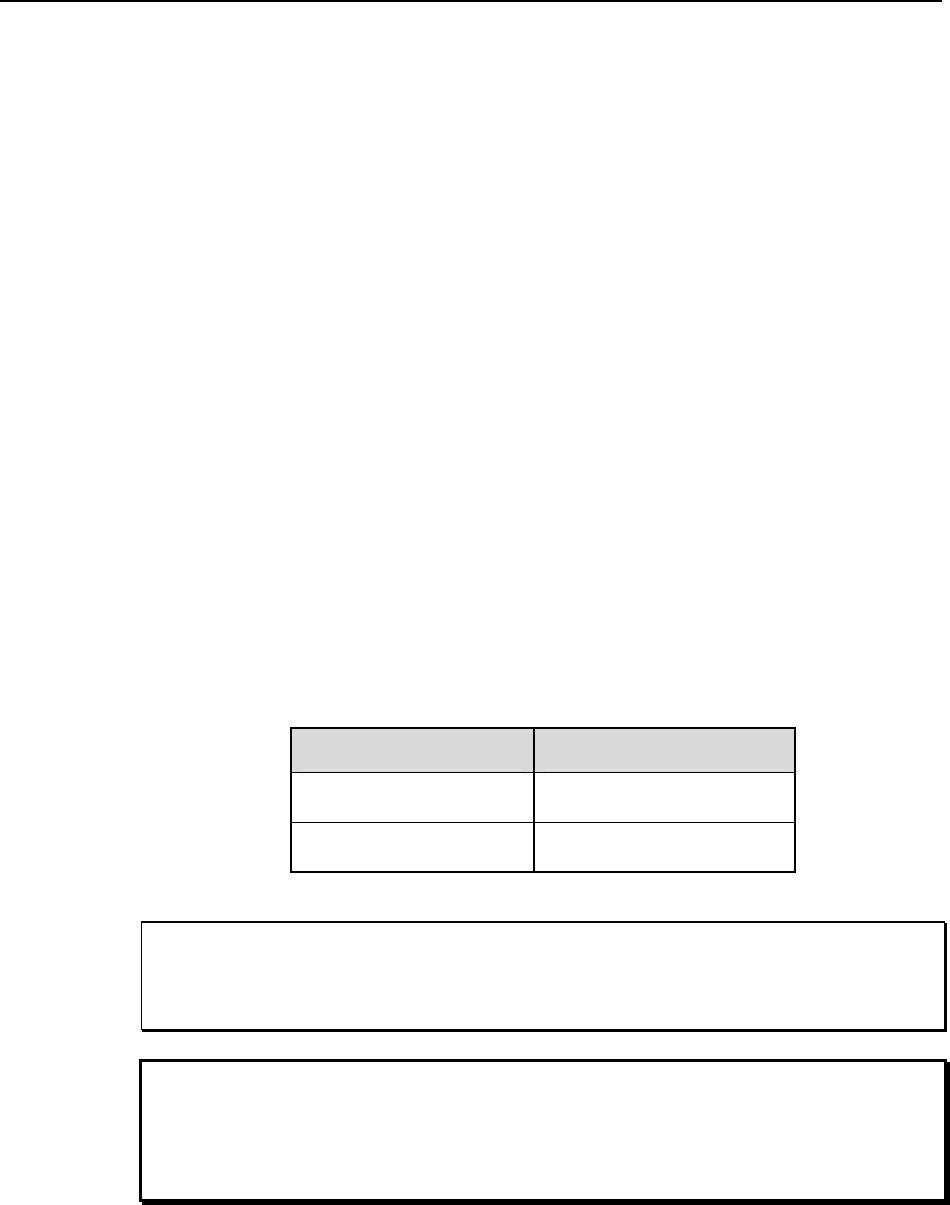
38 ST-133 Controller Manual Version 3.B
Cooling (TE, NTE, NTE 2, RTE, XTE, PI-MAX)
These cameras are ordinarily equipped with a multi-stage Peltier type cooler that is thermally
coupled to the CCD. This device uses injected current to draw heat away from the CCD
surface. The heat is sequentially transferred through the Peltier stages and from there to the
outer shell of the camera via a heat transfer block. The method used to remove the heat from
the camera depends on the camera type. In the case of RTE (Round Head) cameras, fins on
the body of the camera radiate the heat to the surrounding atmosphere. In addition, there is
provision for optional air cooling via an accessory fan for enhanced cooling performance. A
cooling fan is standard in the PI-MAX camera. Depending on the thermoelectrically-cooled
camera body style, it may have air-cooling, liquid cooling, or liquid-assisted cooling in
addition to the cooling provided by the Peltier.
Cooling (LN)
LN cameras have several sections. The front enclosure contains the CCD array seated on
a cold finger. This finger is in contact with the LN Dewar and has a heater to regulate the
CCD temperature. The front enclosure opens into the vacuum jacket that surrounds the
internal LN Dewar.
LN cameras use liquid nitrogen to reduce the temperature of the CCD. The liquid
nitrogen is stored in a Dewar that is enclosed in a vacuum jacket for minimal external
thermal losses. The chip temperature is regulated by a heating element driven by closed-
loop proportional control circuitry. A thermal sensing diode attached to the cooling block
of the camera monitors the chip temperature. The temperature can be controlled over a
40° to 50° range Celsius. The exact range depends on the CCD device, as indicated in the
Table 2.
CCD Model Approximate Range
1024HER, 1024EHRB -50°C to -100°C
All other arrays. -80°C to -120°C
Table 2. Approximate Temperature Range vs. CCD Model
LN-cooled CCDs, because of their low operating temperatures, must always be connected
to an operating controller. If the controller power is turned off with liquid nitrogen
remaining in the Dewar, the CCD will quickly become saturated with charge, which
cannot be readily removed without warming the camera to room temperature.
1. Never remove the camera’s front window; ice will form immediately, destroying the
array. Operations requiring contact with the device can only be performed at the
factory.
2. Never operate the camera cooled without proper evacuation. This could destroy the
CCD!
Caution
WARNINGS



